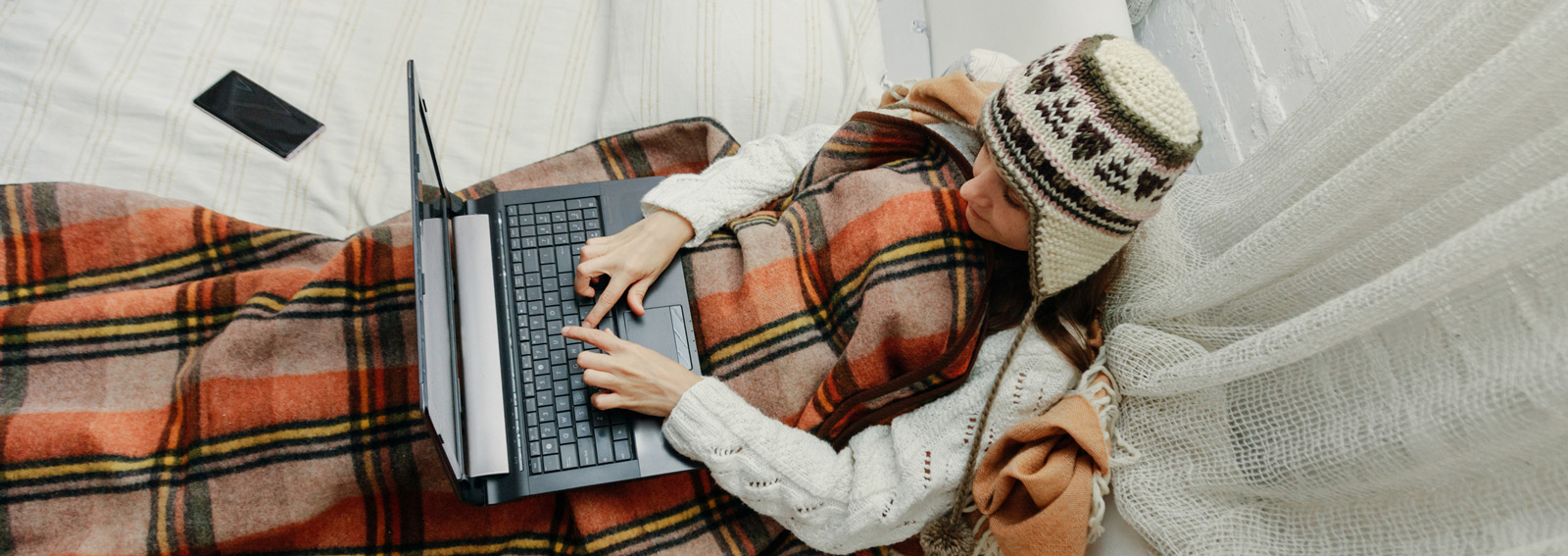

Attention chilly folks, sometimes coldness is psychosomatic and represents a manifestation of a need for protection.
If you belong to the cold-prone population, you know what it’s like to have constantly cold hands and feet, wearing layers upon layers of clothes, covering up even in summer or keeping your coat on indoors.
Winter Skincare: Essential Tips for Protecting Your Skin in Cold January Weather
But have you ever considered that coldness isn’t just a bodily sensation but can also come directly from the mind?
The reasons for perpetual coldness can be organic, such as related to circulation, anemia, or thyroid problems. But not only that; sometimes, there’s also a psychological explanation.
Here’s Why You’re Always Cold

Psychosomatic Coldness Exists
Being cold-prone can be attributed to physical conditions, but not only. Psychosomatic coldness exists, a feeling of coldness with no organic but psychological causes.
Coldness can be a symbol of something more; for example, it can express the need for emotional warmth in one’s life. Those who experience this type of state usually struggle to connect with their own emotions.
It Can Indicate the Need for Protection
When you’re cold, you try in every way to feel better through warmth. You seek cuddles, hugs; you ask the other person if you can warm yourself with their hands, find relief with a blanket or a sweater. In short, you seek protection through people or objects.
Feeling cold activates the search for that sense of security you need.
It Can Manifest Only on Certain Occasions
Psychosomatic coldness may only manifest on certain occasions, those in which you feel particularly vulnerable. For example, it can happen before important exams, challenging tests, or events that make you uncomfortable and fearful.
Have you ever experienced those shivers of terror? They serve to activate you to find ways to reassure yourself.
How to Sleep Well When It’s (Too) Cold
This article first appeared on Grazia.it – Author: Elisa Castellano













